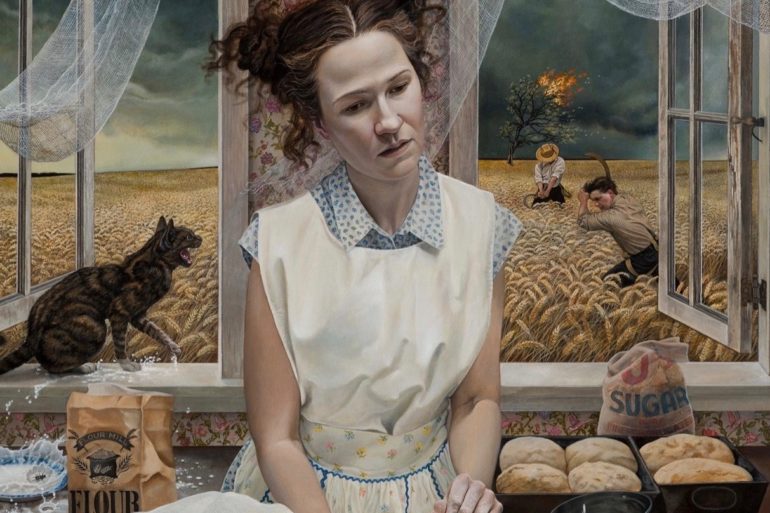
This post is also available in:


Considered in 2012 as one of the world’s 100 emerging artists Andrea Kowch was born in Michigan and received her BFA in 2009 (Summa Cum Laude) with a dual specialization in Illustration and Art Education.
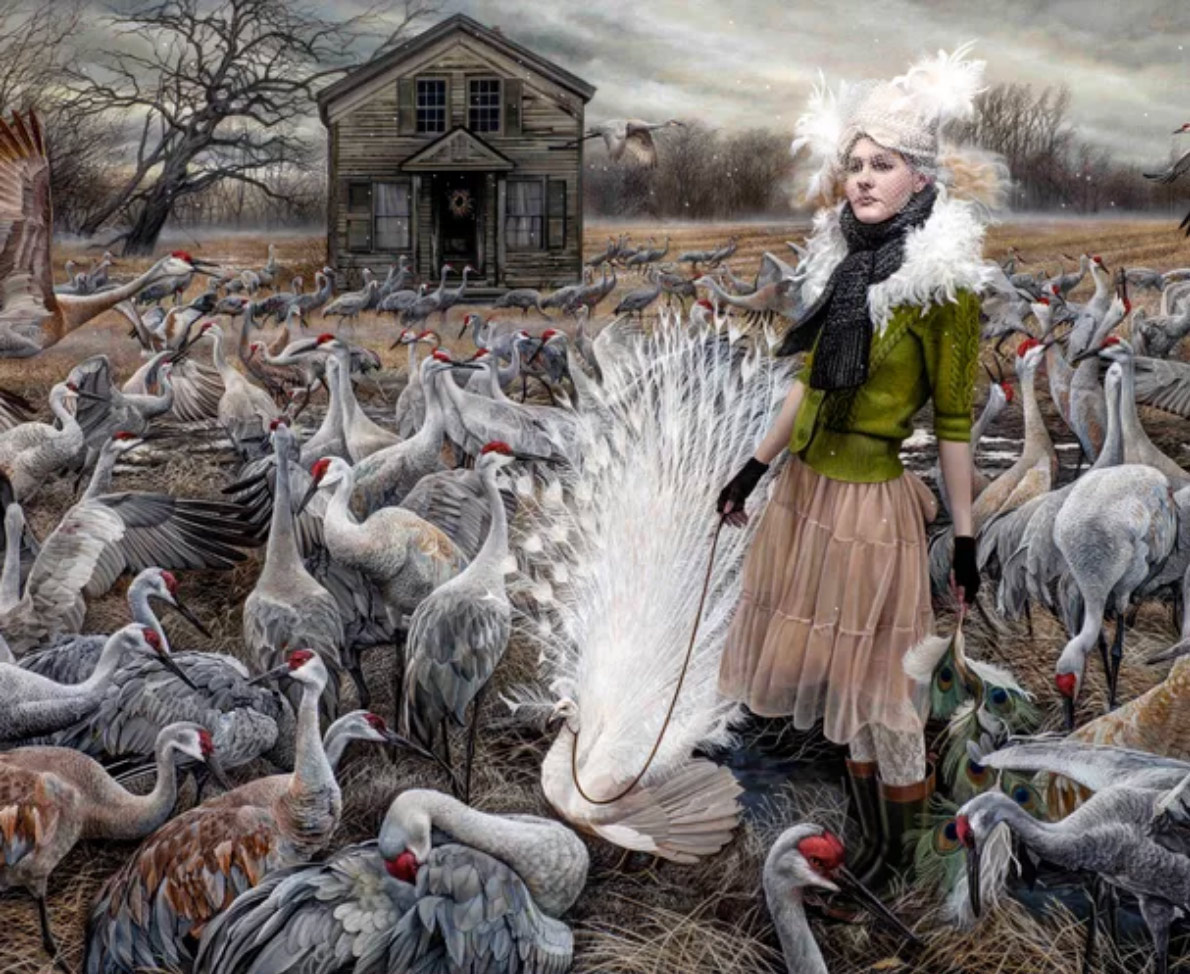
The considerations of 2012 proved to be true: the artist has won numerous awards and recognitions that have allowed her to receive several scholarships and granted her the honor of representing the Corcoran Gallery of Art in Washington DC and the Diane von Furstenberg Gallery in New York. Exhibited in several museums throughout the U.S. and in private international and international collections, her works appear in the prestigious The Bennett Collection and in the Margulies Collection at the Warehouse in Miami. They are also exclusively sponsored by the RJD Gallery in New York, at the most important trade fairs including Art Basel Miami, SCOPE and many others.
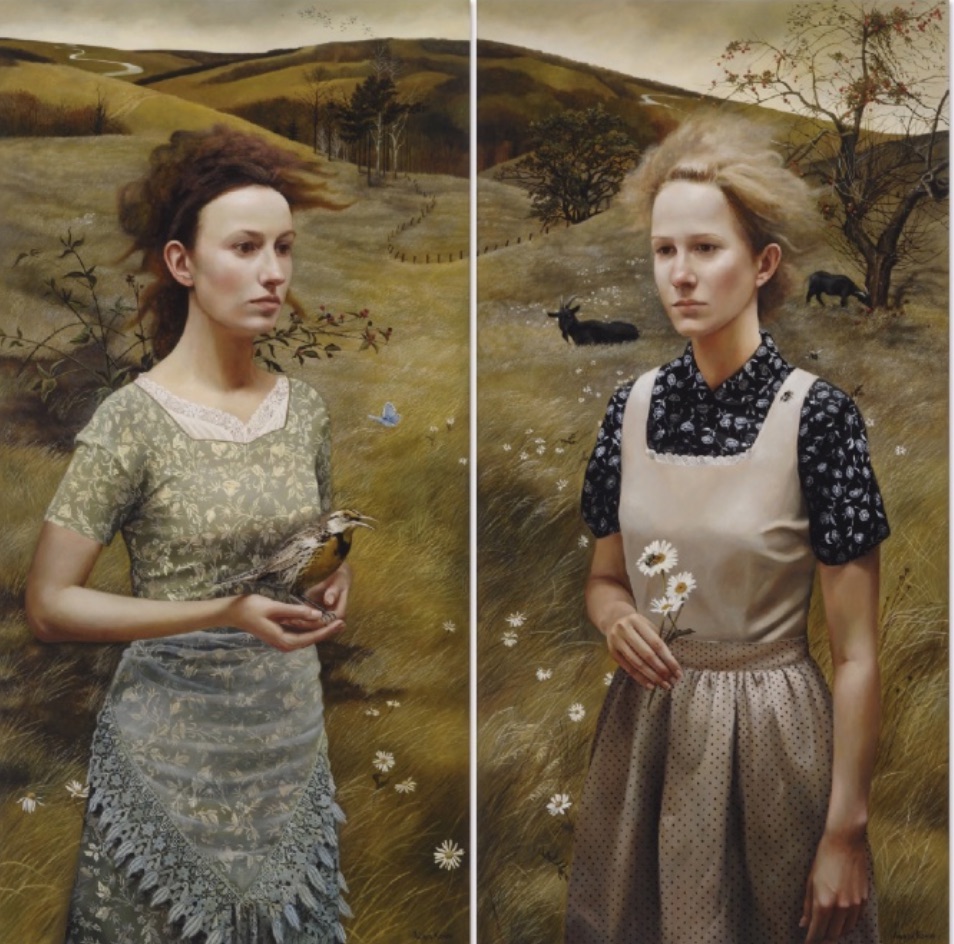
Looking closely at Kowch’s works, something reminds us of one of the most famous paintings in America, the pop icon of America of yesterday and today: the American Gothic by Grant Wood (1930) preserved at The Art Institute of Chicago. Like Grant Wood, Kowch’s works invite the viewer to dwell on the potential of a hidden meaning behind a scene of everyday life, represented through the skillful use of English humour and allegories as well as painting technique.
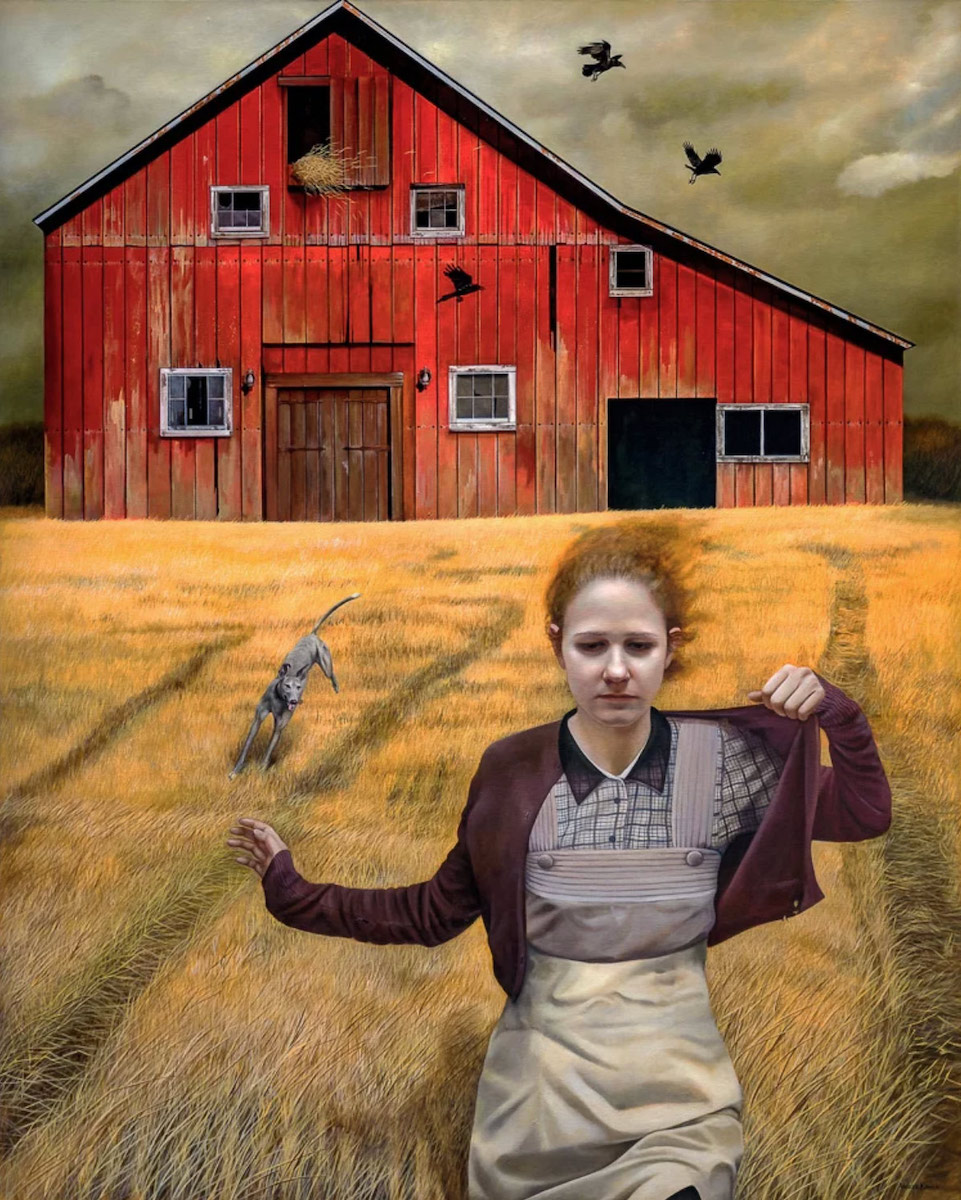
Andrea Kowch’s art reflects a wide range of influences that touch on the Northern Renaissance and American art with the rural landscapes and vernacular architecture of her native Michigan and tell the story of a provincial America, often little known, that rejects progress and remains anchored in the solid principles of manual labor, in close contact with nature and tradition. Her works are the result of the emotions of her personal experience and give rise to narrative images poised between human experience and the mysteries of the natural world that are represented in scenarios poised between the real and the dreamlike, becoming universal metaphors that encourage dialogue between the observer and the work.
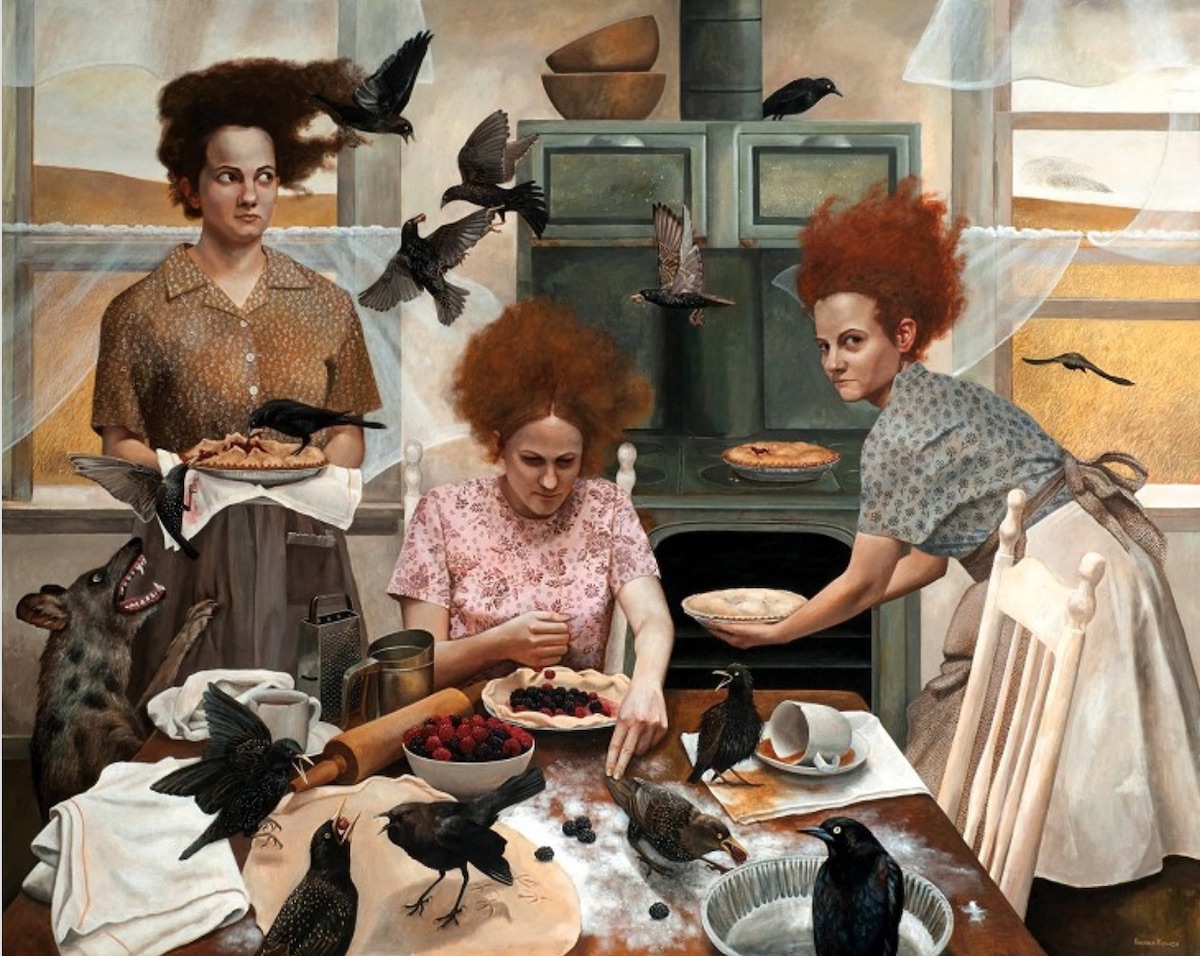
In her works almost always appear the same characters, sometimes multi-present in the same painting, who “wear” different clothes but are represented with the same apathetic expression, as if they were in a state of indifference towards the surrounding world, characterized by a lack of feelings and willingness to act, although sometimes the characters are depicted in the gesture of moving. The use of colours also crystallizes the scenes, immobilizing them in the limbo of the oniric, in which everything appears real even if it is not. Not in appearance at least…
